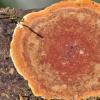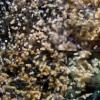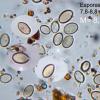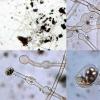
24-05-2020 22:36
 Joop van der Lee
Joop van der Lee
The reason why I post all these different characte

29-05-2020 11:28
 Maria Plekkenpol
Maria Plekkenpol
Hello, on cowdung I saw these whitish asco's. Foll

30-05-2020 13:52
 Andrés Valverde Valera
Andrés Valverde Valera
Bonjour,Je ne sais pas si ça peut être la phase

31-05-2020 07:26
 Yulia Lytvynenko
Yulia Lytvynenko
Dear friends.Looking for a copy of the following w

28-05-2020 21:28
 Marek Capoun
Marek Capoun
Hello everybody,I need help with a determination o





